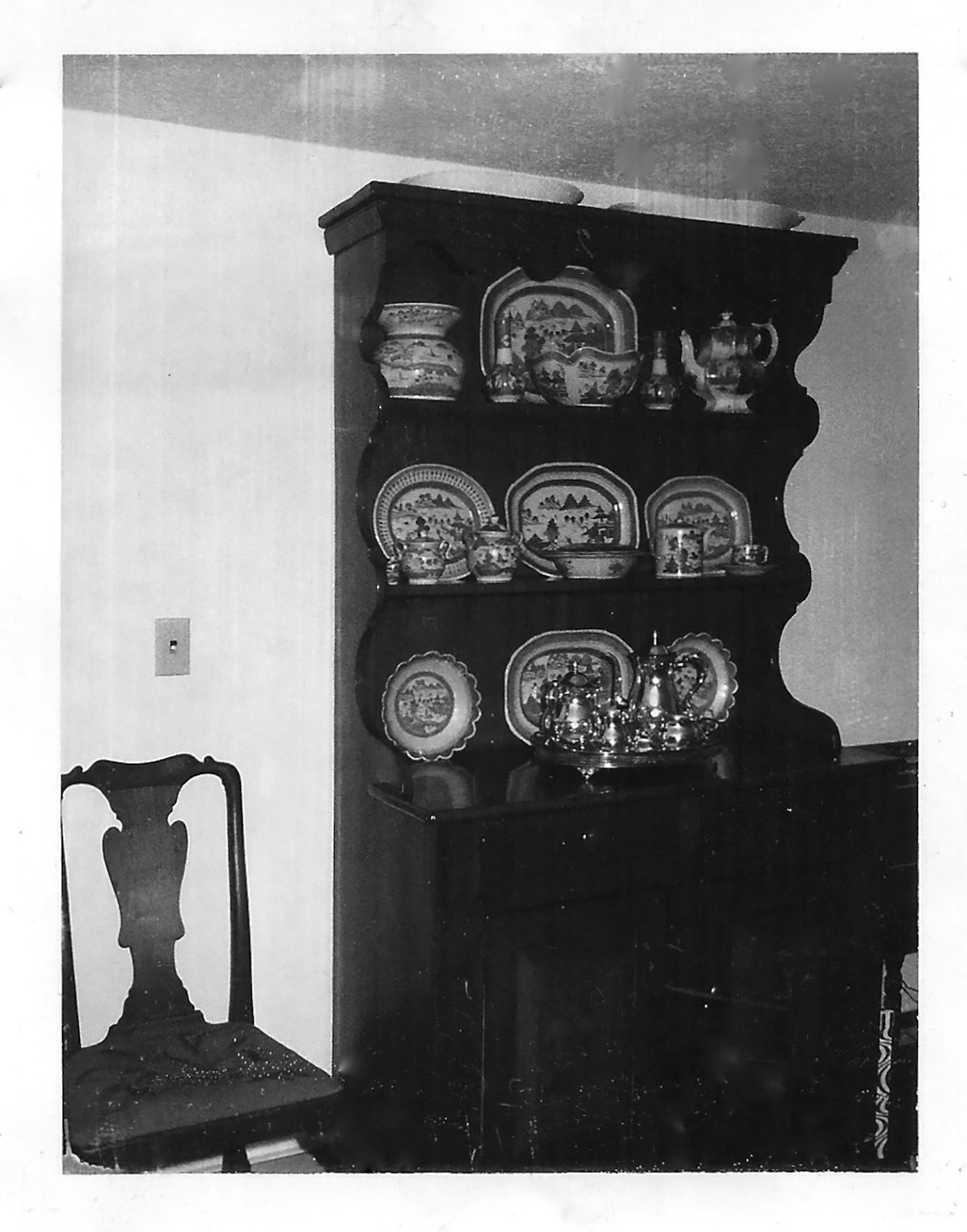If it were not for the proverbial bull in a china shop, I would have nothing to collect or write about. Luckily for me and other collectors of antiques with inventive repairs (also known as make-do’s) bulls have wreaked havoc in china shops for ages. Wounded survivors are still to be found, brought back to life by their original owners, tinkers and menders decades ago. With wood bases, tin handles, and metal staples, these repairers have unintentionally transformed broken pottery that could have ended up in a trash collector’s bin into art.
The Collection
My passion for collecting these antique orphans began at an early age. I grew up in a house furnished with antiques, including cupboards filled with early Chinese porcelain and English pottery. Although most pieces were in excellent condition, I remember being drawn to a small, cracked plate tucked inside one of the cupboards, miraculously held together with a few small metal staples. There was something about this humble dish separated from the others, that caught my attention. Having no idea that one could staple anything other than paper, I wondered, “How could a ceramic plate, of all things, be stapled together?”
My next encounter with stapled ceramics occurred while I was vacationing in London in the early 1990s. Having just landed the night before, I stumbled down Portobello Road in a jet-lagged state and wandered into a crowded antiques stall. There I spotted a small, hexagonal Chinese porcelain cup and saucer from the early 1700s, both pieces riddled with metal staples.
It took me a moment to make the connection between this plate and the one I had spotted years ago in our china cupboard. Explaining that this set was undesirable in its damaged condition, the dealer charged me £5 (about $7) for both pieces; she was thrilled to get rid of them. Realizing that I just found a way to afford ceramics similar to the ones I had admired in my youth, I spent the rest of my trip seeking out other examples. That day I also purchased an English copper lustre jug, a globular Chinese export teapot, and a sauceboat, each with metal replacement handles, each unique and affordable. I remember feeling the exhilaration that antiques collectors must get when they discover something new and exciting, and before I knew it, a new obsession was born!

